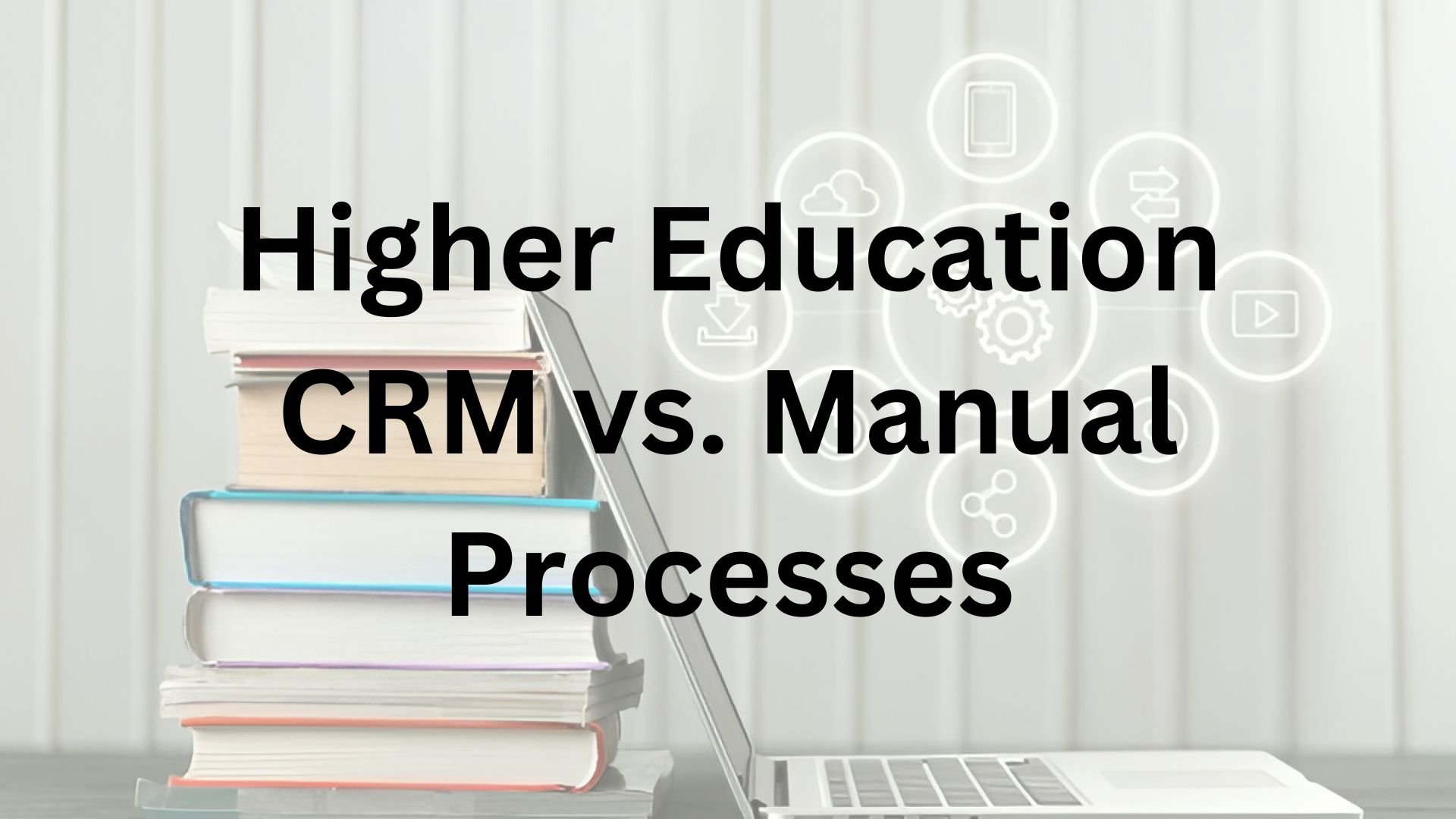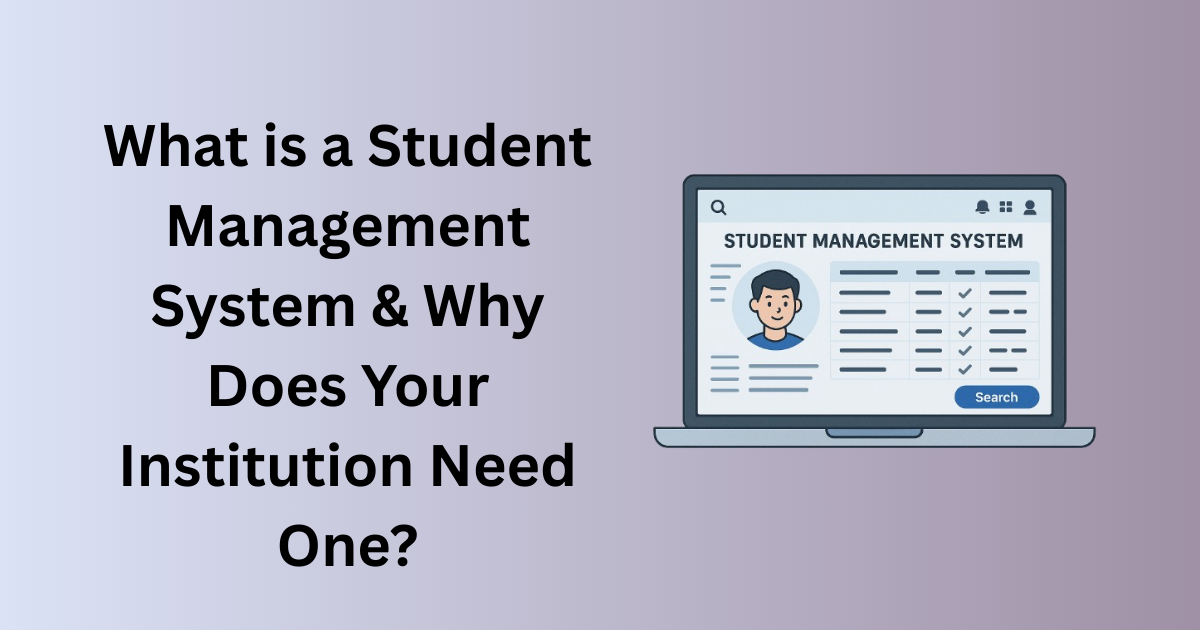Table of Contents

In today’s fast-paced, technology-driven world, educational institutions are under increasing pressure to streamline operations, enhance communication, and provide a seamless experience for students, parents, and staff. School Management Systems (SMS) have emerged as powerful tools to meet these demands, revolutionizing the way schools operate. Beyond improving administrative efficiency, these systems play a pivotal role in boosting enrollments by enhancing a school’s appeal, accessibility, and reputation. This blog explores what School Management Systems are, their key features, and how they contribute to driving more enrollments, all while offering a comprehensive look at their transformative impact.
What is a School Management System?
A School Management System is a software platform designed to automate and manage various administrative and academic processes within an educational institution. From student admissions and attendance tracking to fee management and report card generation, an SMS centralizes operations, reducing manual work and minimizing errors. These systems are typically cloud-based, allowing real-time access to data for administrators, teachers, parents, and even students.
The primary goal of an SMS is to create an efficient, transparent, and user-friendly environment that supports all stakeholders. By integrating multiple functions into a single platform, schools can save time, reduce costs, and focus on delivering quality education. But beyond operational efficiency, SMS platforms are increasingly being recognized for their role in attracting prospective students and their families, ultimately driving enrollment numbers.
Key Features of School Management Systems
To understand how School Management Systems contribute to increased enrollments, it’s essential to explore their core features and functionalities. Below are some of the most impactful components of an SMS:
1. Online Admissions and Enrollment Management
The admissions process is often the first point of contact between a school and prospective families. A cumbersome, paper-based process can deter applicants, while a streamlined, digital system leaves a positive impression. SMS platforms offer online admission portals where parents can submit applications, upload documents, track application status, and make payments—all from the comfort of their homes. This convenience and transparency make the school more appealing, encouraging more families to apply.
2. Parent and Student Portals
Modern parents expect regular updates on their child’s academic progress, attendance, and school activities. SMS platforms provide dedicated parent and student portals that offer real-time access to grades, homework assignments, event calendars, and more. These portals foster stronger communication and engagement, which can enhance a school’s reputation and make it a preferred choice for prospective families.
3. Fee Management and Online Payments
Managing school fees manually can be time-consuming and prone to errors. SMS platforms automate fee collection, allowing parents to pay online through secure gateways. They also provide reminders for due payments and generate receipts instantly. A smooth and transparent fee management process builds trust with parents, making the school more attractive to new applicants.
4. Communication Tools
Effective communication is critical for building a strong school community. SMS platforms include features like automated notifications, emails, SMS alerts, and in-app messaging to keep parents and students informed about important updates, such as exam schedules, parent-teacher meetings, or school closures. Schools that demonstrate proactive and clear communication are more likely to attract families seeking a well-organized institution.
5. Attendance and Performance Tracking
Tracking student attendance and academic performance manually is labor-intensive and error-prone. SMS platforms automate these processes, providing real-time data on attendance, grades, and behavioral trends. This data can be shared with parents through the parent portal, fostering transparency and trust. Schools that showcase their ability to monitor and support student progress are more likely to appeal to prospective families.
6. Data Analytics and Reporting
School Management Systems offer robust analytics tools that help administrators track key metrics, such as enrollment trends, student performance, and operational efficiency. These insights enable schools to make data-driven decisions, such as identifying areas for improvement or targeting specific demographics for marketing. By optimizing their strategies, schools can attract more students and retain existing ones.
7. Mobile Accessibility
With the rise of smartphones, parents and students expect access to school-related information on the go. Many SMS platforms offer mobile apps or responsive web interfaces, allowing users to access portals, make payments, or communicate with teachers from their devices. This accessibility enhances user satisfaction and positions the school as modern and tech-savvy, appealing to tech-conscious families.
How School Management Systems Drive Enrollments
School Management Systems are more than just administrative tools—they are strategic assets that enhance a school’s competitiveness in a crowded educational landscape. Here’s how they directly contribute to driving more enrollments:
1. Streamlined Admissions Process
A user-friendly admissions process is a significant factor in attracting new students. SMS platforms simplify the application process by offering online forms, document uploads, and real-time status updates. This convenience reduces friction for parents, making it more likely that they will complete the application. Additionally, a professional and efficient admissions process reflects positively on the school’s overall organization, encouraging more families to enroll.
2. Enhanced School Reputation
A school that leverages technology to provide a seamless experience for parents and students gains a reputation for being modern and forward-thinking. Positive word-of-mouth from satisfied parents can significantly boost a school’s visibility and appeal. For example, when parents share their positive experiences with the school’s parent portal or communication tools, it can attract new families who value transparency and engagement.
3. Improved Parental Engagement
Engaged parents are more likely to recommend a school to others. SMS platforms foster engagement by providing parents with easy access to their child’s academic progress, school events, and direct communication channels with teachers. Schools that prioritize parental involvement create a sense of community, which can lead to higher retention rates and increased referrals, both of which contribute to enrollment growth.
4. Targeted Marketing and Outreach
Many SMS platforms include CRM (Customer Relationship Management) features that allow schools to manage inquiries from prospective families, track application progress, and send targeted communications. For example, schools can use these tools to send personalized emails or reminders to families who have expressed interest in enrolling. By nurturing these leads effectively, schools can convert more inquiries into confirmed enrollments.
5. Showcasing Academic Excellence
SMS platforms enable schools to highlight their academic achievements through data-driven insights. For instance, schools can share reports on student performance, graduation rates, or extracurricular successes with prospective families. This transparency demonstrates the school’s commitment to academic excellence, making it a more attractive choice for parents seeking quality education for their children.
6. Competitive Edge in a Digital Era
In an increasingly digital world, parents expect schools to adopt modern technologies. An SMS positions a school as innovative and adaptable, giving it a competitive edge over institutions that rely on outdated, manual processes. Schools that invest in technology are perceived as being better equipped to prepare students for the future, which can sway parents’ enrollment decisions.
7. Cost and Time Efficiency
By automating repetitive tasks like attendance tracking, fee collection, and report generation, SMS platforms free up administrative staff to focus on strategic initiatives, such as marketing or community outreach. These efforts can directly contribute to enrollment growth by increasing the school’s visibility and appeal.
Real-World Impact of School Management Systems
The impact of School Management Systems on enrollments is evident in real-world examples. For instance, a private school in California reported a 20% increase in applications after implementing an SMS with an online admissions portal. The school attributed this growth to the convenience of the application process and the positive impression it left on parents. Similarly, a public school district in Texas used an SMS to improve parent communication, resulting in higher satisfaction rates and a 15% increase in enrollment over two years due to positive word-of-mouth.
These examples highlight how SMS platforms can transform a school’s operations and reputation, making it a magnet for new students. By addressing the needs of modern parents and students, schools can position themselves as leaders in education, driving sustained enrollment growth.
Challenges and Considerations
While School Management Systems offer numerous benefits, schools must address certain challenges to maximize their impact. These include:
- Implementation Costs: Initial setup and training costs can be significant, particularly for smaller institutions. However, the long-term savings and enrollment benefits often outweigh these expenses.
- Staff Training: Teachers and administrators need training to use the system effectively. Schools should invest in comprehensive onboarding to ensure smooth adoption.
- Data Security: As SMS platforms store sensitive student and parent data, schools must prioritize cybersecurity and choose platforms with robust encryption and compliance with data protection regulations.
- Customization Needs: Not all SMS platforms are one-size-fits-all. Schools should select a system that aligns with their specific needs, such as support for multiple languages or integration with existing tools.
Conclusion
School Management Systems are transformative tools that go beyond administrative efficiency to drive enrollments and enhance a school’s reputation. By streamlining admissions, improving communication, and showcasing academic excellence, these platforms make schools more appealing to prospective families. In a competitive educational landscape, adopting an SMS is no longer optional—it’s a strategic necessity for schools aiming to grow and thrive. As technology continues to evolve, schools that embrace SMS platforms will be better positioned to attract students, engage parents, and build a stronger, more connected community.




